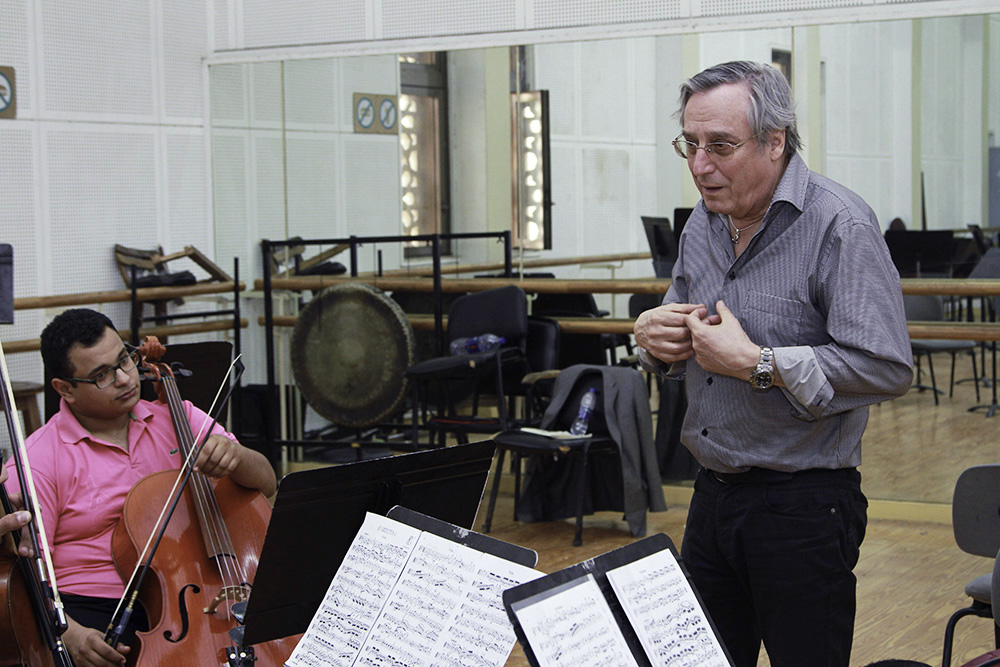
By Päivi Arvonen
Finnish pianist, composer, conductor and author Ralf Gothóni admires Helsinki’s Jugend style architecture but wishes for more greenness and small shops in the city centre. Gothóni spoke to Helsinki-info about his life and views in Cairo, Egypt, which he visits annually to teach and to give master classes to talented young local musicians.
I was 16 when I arrived in Helsinki more than five decades ago. The year was 1962. To a country boy from Rauma, the Finnish capital seemed like a huge city with street lights and all. Rauma had street lights only on the main streets in those days.
I first lived on Töölöntorinkatu but changed addresses in the city centre many times during my student days, ending up on Bulevardi. I moved to Germany in 1978. I have kept a home in Helsinki, but I visit Helsinki so rarely these days that I don’t need it. I last visited Helsinki in May last year to teach and to give a concert at Sibelius Academy.
My main memories from my youth in Helsinki are related to the Academy. My first year of studies felt like I had entered a holy temple. I wish that today’s students experience a similar rush as they enter their careers at the Academy.
One important place for me during my student days was the Ateljee bar, which was the favourite hangout of many musicians. I would also visit the Kosmos restaurant, mostly to speak with writers. The Old Student House was the place to meet students of all fields. The restaurant nights were important events for us music students, as the various outlooks and experiences helped us to widen our musical range.
Contemporary architecture often remains obscure to me, as it rejects beauty. Helsinki has all too many rectangles and too much glass in new buildings. The Jugend style, or Art Nouveau, is Helsinki’s most beautiful architectural style. I once saw a city master plan for Helsinki by Eliel Saarinen. If that plan had been realised at that time, Helsinki would now be a major architectural treasure.
My favourite location in Helsinki is the Esplanade and the surroundings. The Old Market Hall at the Market Square is a delightful place, as are small shops in general with their special selections, faithful customers and unique atmosphere.
I feel home in cities that still have vibrant centres where one can, for example, pop into a local shop to buy breakfast rolls. If and when life fades in the centre, kindliness and intimacy also disappear.
Street cafés enliven summer Helsinki. I wish for more trees in Helsinki, greenness and overall urban design that addresses not only buildings but entire urban environments.
It would be great to see the alcohol sales monopoly removed from Finland, at least as far as wine is concerned so there could be small wine shops. It is encouraging that restaurants can today import their own wines. The wine lists of Helsinki restaurants sometimes include real gems, which can be even cheaper than their equivalents in Spain and other wine countries.
Helsinki is today an international city. You can hear any language in the city centre throughout the year.
I recommend to my non-Finnish friends that they visit especially the National Opera and the Music Centre, which has great acoustics. The Temppeliaukio Church, also known as the Rock Church, and the Ritarihuone Finnish House of Nobility host high-quality concerts, and they are very attractive sights.
However, often the best way to explore Helsinki is to roam the streets on one’s own.
Translated by Johanna Lemola


